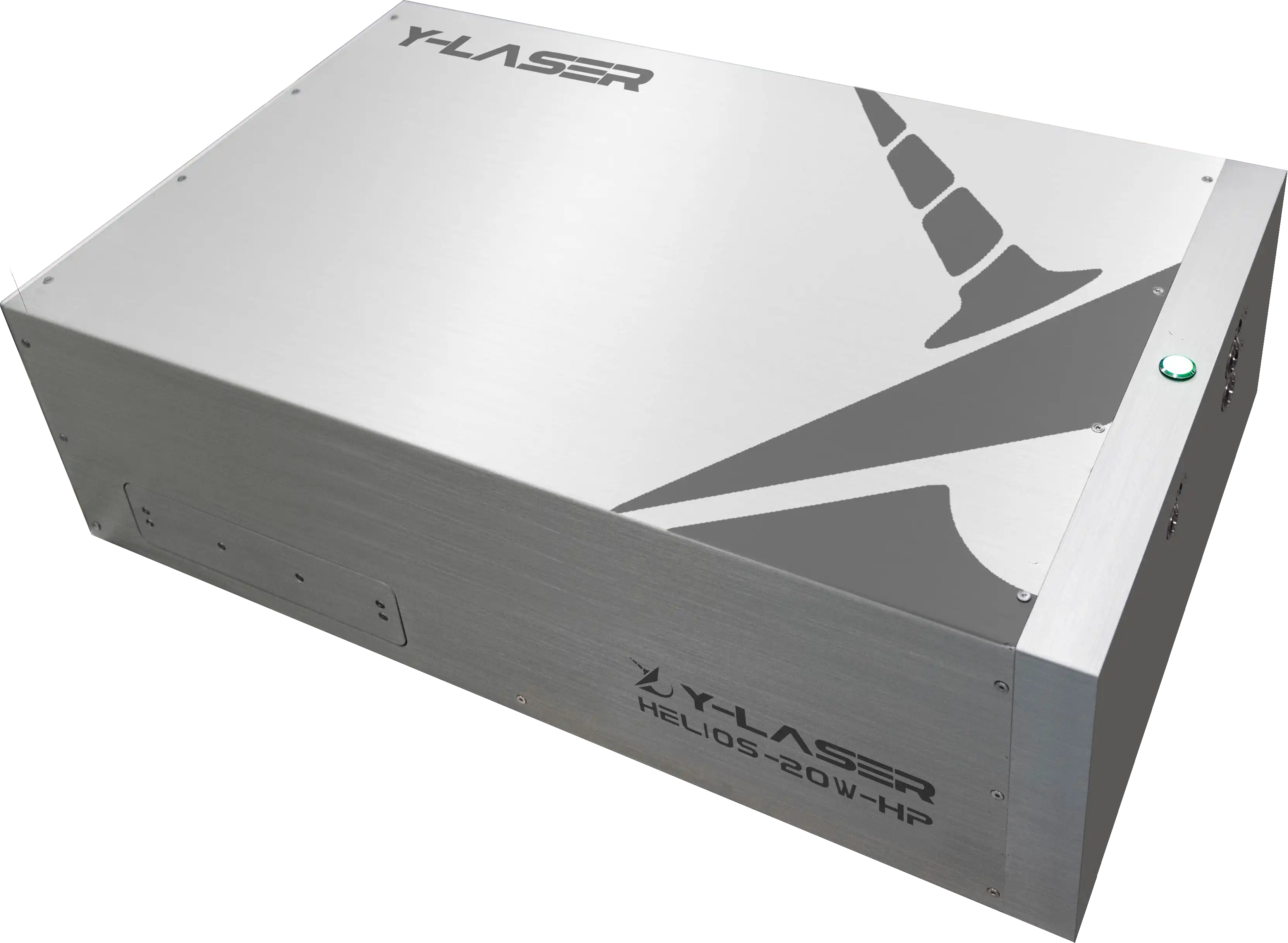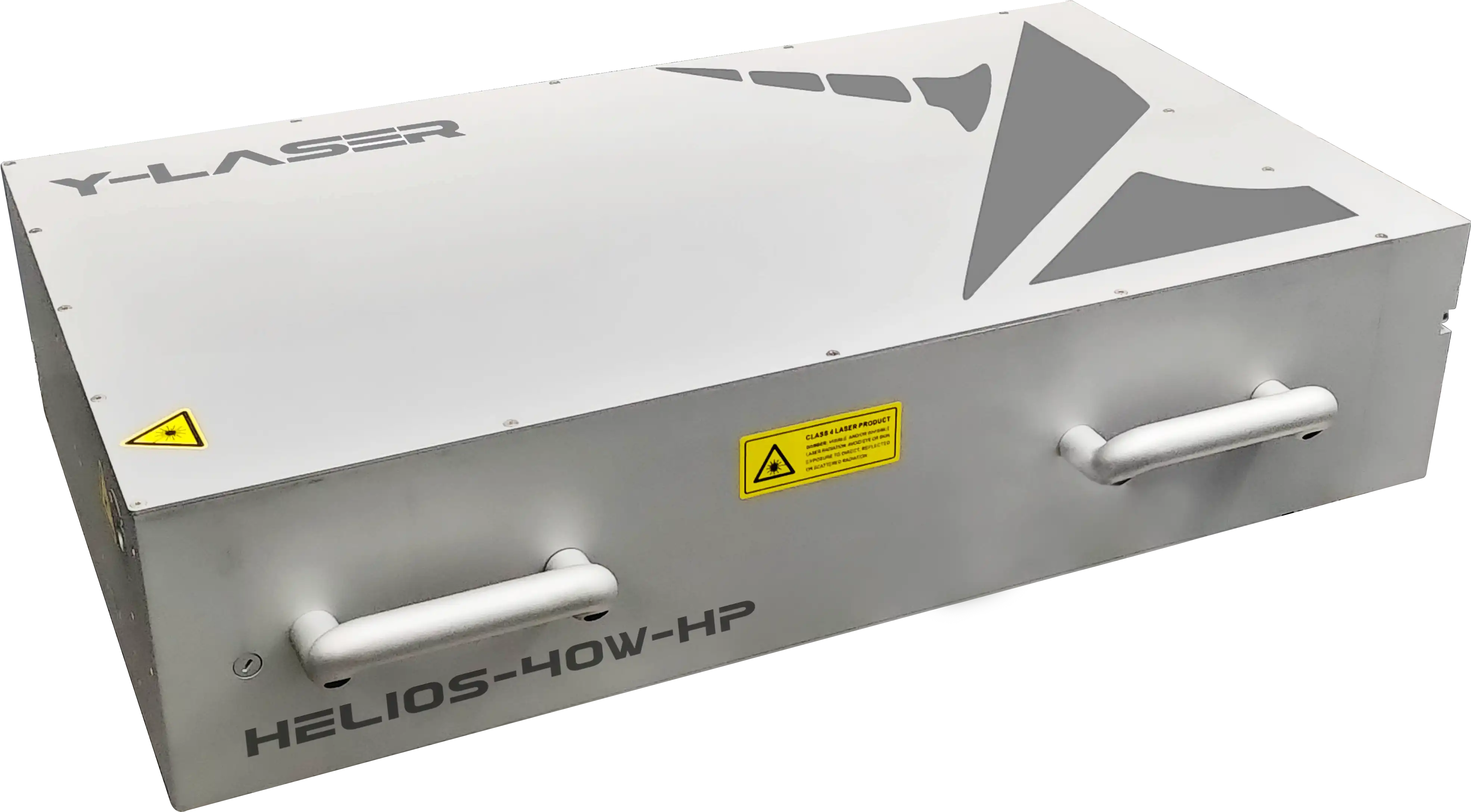CEP measurement and control technology is a key part of femtosecond laser technology. By precisely controlling and measuring the CEP, fine manipulation of laser pulses can be achieved, which is extremely important for experimental physics and engineering applications. For example, in precision spectroscopy experiments, by controlling the CEP, the distribution of the spectrum can be altered, thereby obtaining more experimental data and deepening the understanding of the interaction between light and matter.

Figure 1. Schematic diagram of electron injection in EPUB driven by (a) linearly polarized laser pulses and (b) circularly polarized laser pulses. An expanding, transversely fluctuating bubble (early stage: light blue, late stage: dark blue, bubble reverse motion: green arrow) is formed by the steepened front (intensity) of the laser. Depending on the laser polarization, a periodically modulated or planar current beam (yellow beam density) can be generated. The graph at the bottom with white axes shows the injected current profile (yellow line).
Moreover, in quantum control experiments, by precisely controlling the CEP, scientists can manipulate quantum states more effectively, providing new possibilities and methods for the development of quantum information science and quantum computing. The regulation of the CEP offers a powerful tool for the precise manipulation of quantum systems, aiding in the understanding of quantum phenomena and the development of new quantum technologies.
The control of the CEP also enables femtosecond laser technology to enter new application areas. For example, in material processing, biomedical imaging, and environmental monitoring, precisely controlled femtosecond lasers provide new experimental methods and technical means. These applications not only improve the performance of experiments and industrial applications but also bring new research opportunities and technological breakthroughs to these fields.
References:
I. Mukhin et al. "Design of the front-end system for a subexawatt laser of the XCELS facility." Quantum Electronics, 51 (2021): 759 - 767. https://doi.org/10.1070/QEL17620.

 AI Assistant
AI Assistant


